SNOSD12D November 2018 – January 2019 LMG1210
PRODUCTION DATA.
- 1 Features
- 2 Applications
- 3 Description
- 4 Revision History
- 5 Pin Configuration and Functions
- 6 Specifications
- 7 Detailed Description
- 8 Application and Implementation
- 9 Power Supply Recommendations
- 10Layout
- 11Device and Documentation Support
- 12Mechanical, Packaging, and Orderable Information
Package Options
Mechanical Data (Package|Pins)
- RVR|19
Thermal pad, mechanical data (Package|Pins)
Orderable Information
6.7 Typical Characteristics
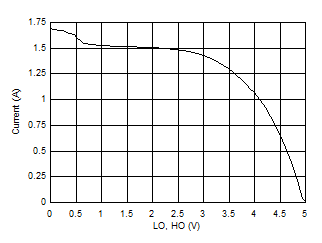 Figure 1. Peak Source Current vs Output Voltage
Figure 1. Peak Source Current vs Output Voltage 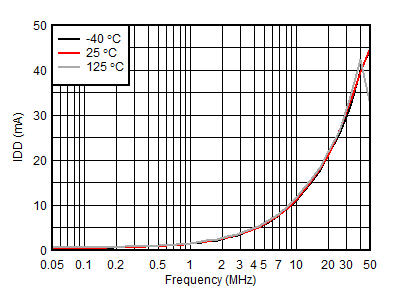 Figure 3. IDD vs Frequency, Unloaded
Figure 3. IDD vs Frequency, Unloaded 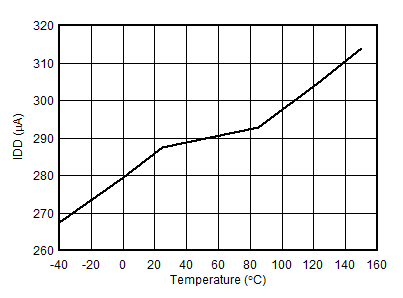 Figure 5. IDD vs Temperature
Figure 5. IDD vs Temperature 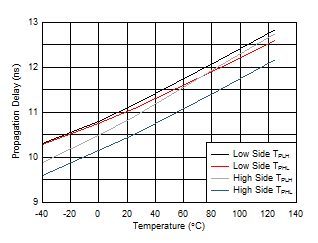 Figure 7. Propagation Delay vs Temperature
Figure 7. Propagation Delay vs Temperature 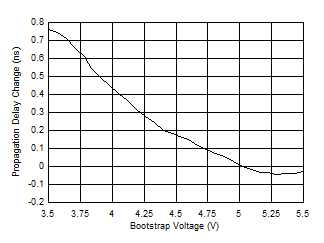 Figure 9. Propagation Delay Change vs Bootstrap voltage
Figure 9. Propagation Delay Change vs Bootstrap voltage 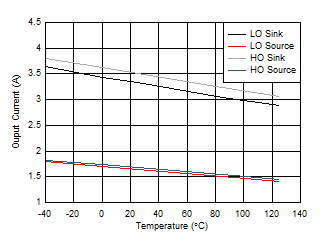 Figure 11. LO and HO Output Current vs Temperature
Figure 11. LO and HO Output Current vs Temperature 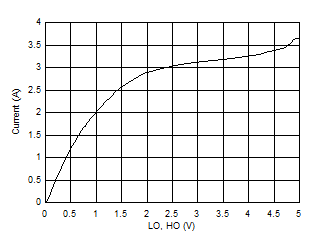 Figure 2. Peak Sink Current vs Output Voltage
Figure 2. Peak Sink Current vs Output Voltage 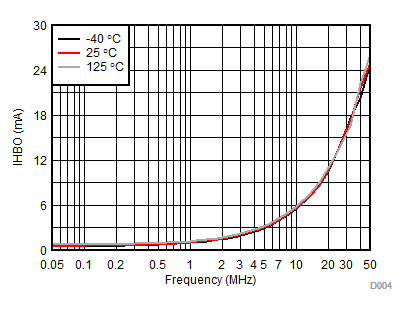 Figure 4. IHBO vs Frequency, Unloaded
Figure 4. IHBO vs Frequency, Unloaded 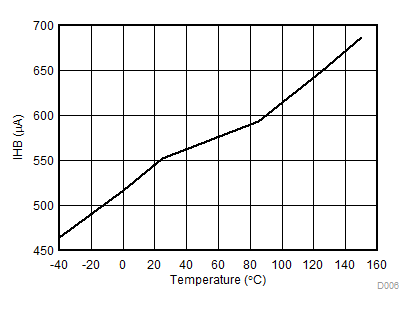 Figure 6. IHB vs Temperature
Figure 6. IHB vs Temperature 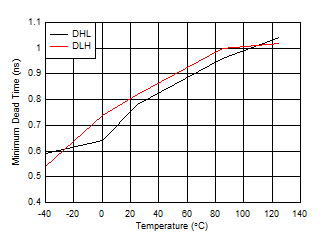 Figure 8. Minimum Dead Time vs Temperature
Figure 8. Minimum Dead Time vs Temperature 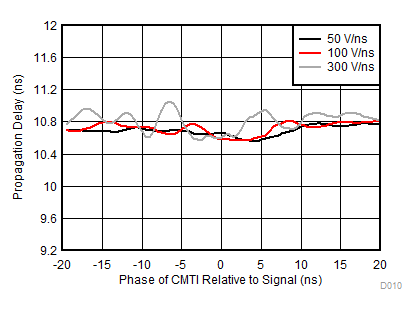 Figure 10. Propagation Delay vs relative phase of CMTI Phase
Figure 10. Propagation Delay vs relative phase of CMTI Phase 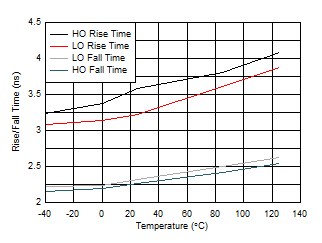 Figure 12. 1 nF Loaded Rise and Fall Time vs Temperature
Figure 12. 1 nF Loaded Rise and Fall Time vs Temperature